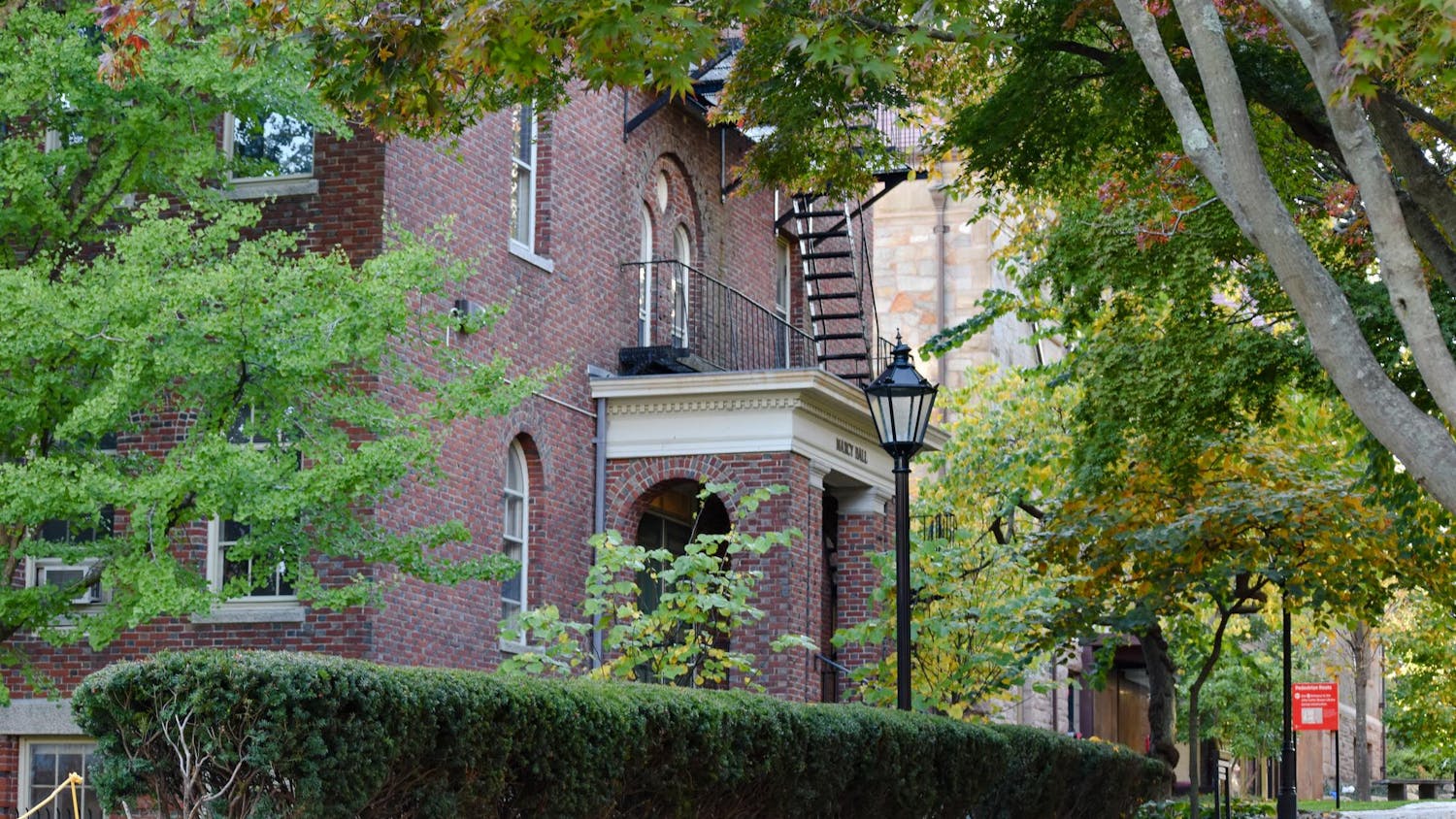The average net cost to attend Brown is $22,743, the second highest in the Ivy League, according to a “college scorecard” by the U.S. Department of Education.
Cornell has the highest net cost in the Ivy League at $24,249, according to the scorecard. President Obama announced the creation of the scorecard, which uses data from higher education institutions reported annually to the department, in his Feb. 12 State of the Union address.
The scorecard, an online tool that allows users to search for profiles of specific colleges and universities, calculates average net tuition costs per year based on payments made “after grants and scholarships … are subtracted from the institution’s cost of attendance,” according to its website. The site’s profiles provide information about graduation rates, loan default rates, median borrowing and post-graduation employment.
Jim Tilton, director of financial aid, said Brown’s net tuition calculations are accurate and he does not think Brown’s costs are unreasonable. Brown’s scorecard shows the average net price decreased 1.2 percent between 2007 and 2009, he said.
“Brown, over the last several years, has made significant changes to financial aid programs to get that price,” he said. “The loan amount has been constant for four years.”
Tilton said he applauds the streamlined format of the website but finds fault in the “median borrowing” section.
“This section is not matching up to our data, because they indicate that they use both student and parent loan debt,” Tilton said. “That’s misleading in some ways because parents choose to borrow for education for a variety of reasons, sometimes not out of necessity.” For example, some families may opt to take out loans to take advantage of lower interest rates or tax exemption opportunities, he said.
The scorecard’s findings follow recent recommendations from President Christina Paxson’s strategic planning committees. In a report presented in January, the Committee on Financial Aid — which Tilton chairs — recommended changes like reducing summer earnings expectations, decreasing costs for middle class families and eventually becoming universally need-blind.
Institutions such as Harvard, Dartmouth, Princeton and Yale all have need-blind policies for all applicants, while Brown is currently “need-aware” for international, transfer and resumed undergraduate education applicants, The Herald previously reported.
Alex Mechanik ’15, president of Brown for Financial Aid, said attributing the University’s “need-aware” policies to the relatively smaller size of its endowment is inaccurate.
“Obviously no one should discount the fact that we have a smaller endowment,” he said. “Merely mentioning that fact doesn’t get at the heart of the issue. The question is: Are we taking the best possible course of action given what we could do? We could be doing more.”
Reducing average student costs “does not come at the expense” of becoming universally need-blind, Mechanik said. He said his organization’s main goals are to encourage the University to extend need-blind admission to all applicants within the next 10 years and to reduce the summer earnings expectations by at least $1,000. He added that for the most part, these goals are concurrent with the strategic planning committees’ report recommendations. The only minor difference, he said, is that “these are not necessarily (the report’s) first priorities.”
But Tilton said reducing average net tuition, the price reflected in the college scorecard, relates to universal need-blind admissions.
“It’s going to cost us money to become need-blind for all students, and it’s going to cost us money to reduce that net price,” he said. “I don’t know that they’re separate. The funding wouldn’t be separate.”
ADVERTISEMENT




